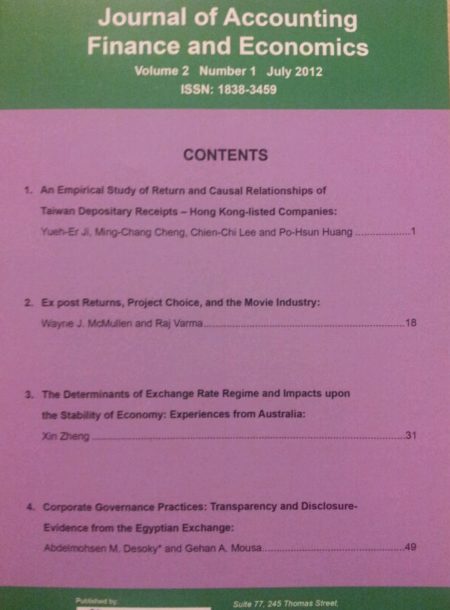Journal of Accounting, Finance and Economics
Vol. 8. No. 3., September 2018, Pages: 88-95
Impact of Microfinance on Informal Employment: The Case of Bangladesh
Farhana Shahnaz, Golam Samin Rahman and Bushra Humaira Sadaf
The rapid growth of urban-rural migration, characterized by
environmental, economic or demographic crises, has been a topic
of resolute attention in recent times in the context of Bangladesh.
The inherent rural-urban wage differential, primarily, has led to a
massive influx of rural migrants to the city, in hopes of better
employment opportunities over the years. However, the constraints
in the absorptive capacity of the rural job sector have led to the
formation of a rural informal sector that hosts the excess labour.
Although estimated to be about 89% of the total number of jobs in
the labor market, the informal sector’s contribution to the process of
economic growth and national development is almost insignificant.
This sector still has untapped potential which may be leveraged with
the proper tools. Financial services, in the form of microfinance, to
the informal sector can be a driver for job creation and substantial
growth. It may, therefore, be hypothesized that the aggregate
impact of microfinance on the overall informal employment is
positive. Using an analytical exercise, this study finds that
microfinance can effectively help alleviate informal employment.
Bangladesh can thus utilize its extensive microfinance operations to
achieve goals of poverty reduction, leading to greater economic
development

